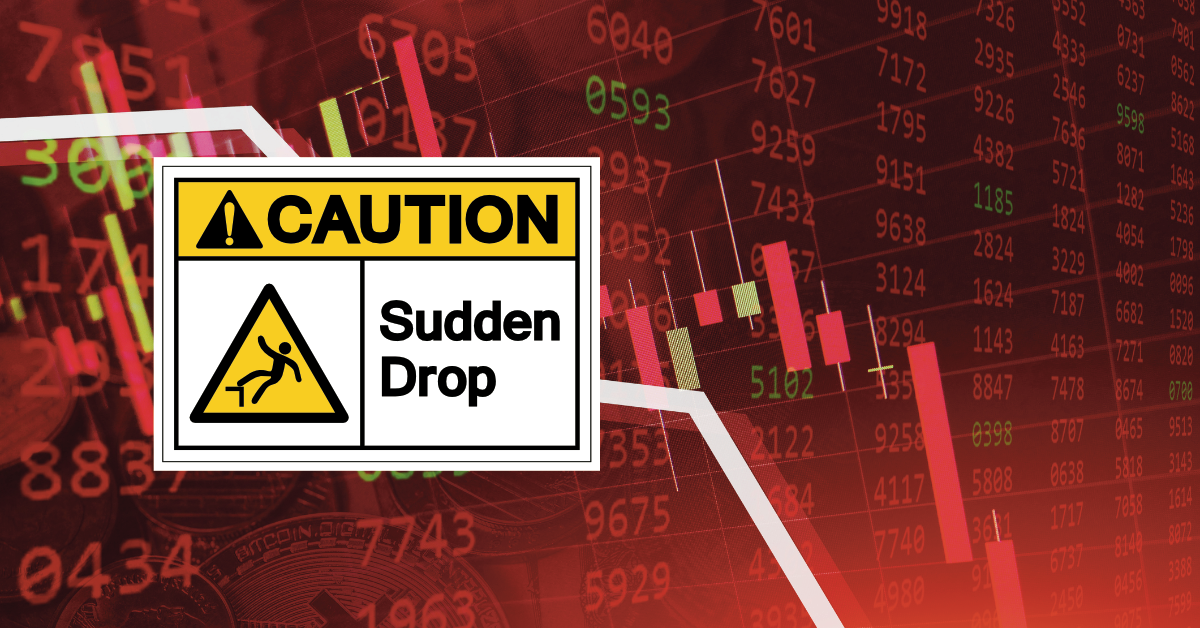During market downturns, investors are commonly advised to stick with their strategic asset allocation rather than crystalise their losses in the hope that the downturn will be short lived and that returns will revert to historical norms.
This advice might suit young investors with many remaining decades in the market, but can be particularly difficult to accept by retirees and people that intend to realise their investment in the near term, perhaps to buy a home or take time off to start a family. Such investors face unique risks, including sequencing and tail risks.
Sequencing risk is highest for people that are nearing or in retirement. It refers to the possibility of suffering a substantial loss at a time when capital is at its highest level and there is limited time to recoup losses. People who face this risk would benefit from low-volatility portfolios that are still positioned to achieve adequate returns, since retirees often require their investments to fund living costs for up to three decades.
Tail risk, which affects all investors, is the chance of a low-probability market movement affecting long-term returns; such risk is denoted by a bell curve, with the middle of the curve representing average returns, the left tail the probability of devastating losses and the right tail the chance of outsized gains. Ideally, investors would aim to limit left-tail risk, which could wipe out their capital, while remaining exposed to the potential of lofty returns represented by the right tail.
These risks demonstrate that using a traditional ‘ride it out’ approach can be costly, so is there a better way?
The obvious place to start is to ensure that portfolios are adequately diversified. This goes beyond allocating capital across the traditional asset classes of equities, property, bonds and cash. This may have been satisfactory in the past, but has proven increasingly inadequate in today’s complex and inter-linked market.
Correlation between the traditional asset classes soared during the 2008 global financial crisis, and again during the current coronavirus pandemic-related market downturn, leaving little place to hide from the market turmoil. At the same time, today’s low interest-rate environment means the paltry returns from cash and bonds often fail to beat inflation, making them a poor source of diversification. Instead, investors need to look to truly uncorrelated investments, such as managed futures, commodities and other alternative assets, or applying strategies such as shorting, to protect portfolios from downside risk.
Adopting Dynamic Asset Allocation is another powerful way to buffer against large losses. This is the opposite of the traditional Strategic Asset Allocation approach, which determines an investor’s static asset allocation based on a risk assessment; investors that are opposed to risk are typically assigned conservative portfolios, with higher allocation to bonds and cash, while those that are more open to taking on risk to maximise returns have higher allocations to equity and shares.
Unfortunately, this method has little regard for an investor’s timeframe or goals and can, therefore, result in disappointing outcomes. On the other hand, dynamic asset allocation involves moving capital out of poorly performing or overvalued assets and increasing allocation to assets that are outperforming or are undervalued; this helps to reduce the volatility and protect investors from downside risk.
In short, proper diversification and active asset management can mitigate typical risks stemming from falling markets. Such strategies can be achieved via a Goals Based Investing approach, which aims to deliver a specific investment goal within a pre-determined timeframe, irrespective of market conditions.
To find out how you can protect your client’s capital from heavy losses and meet their investment needs, contact Dynamic Asset. Or learn more about Adviser investment.



